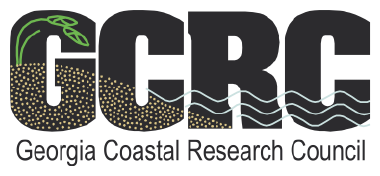Updated 2025
Topics
- Bacterial transport – hydrology studies; what are the bacterial sources? (Transport and time-of-travel studies to estimate when a pollution plume would reach a coastal swimming beach)
- Bacterial issues in and around Georgia coastal marinas
- Correlations between DO levels and tannins in Georgia coastal rivers
- Effects of wetlands and land use practices on instream flows (at multiple scales from site to regional)
- Beachfront shoreline change modeling/predictive ability considerate of natural and anthropogenic inputs
- Appropriate DO criteria that is protective of aquatic species present
